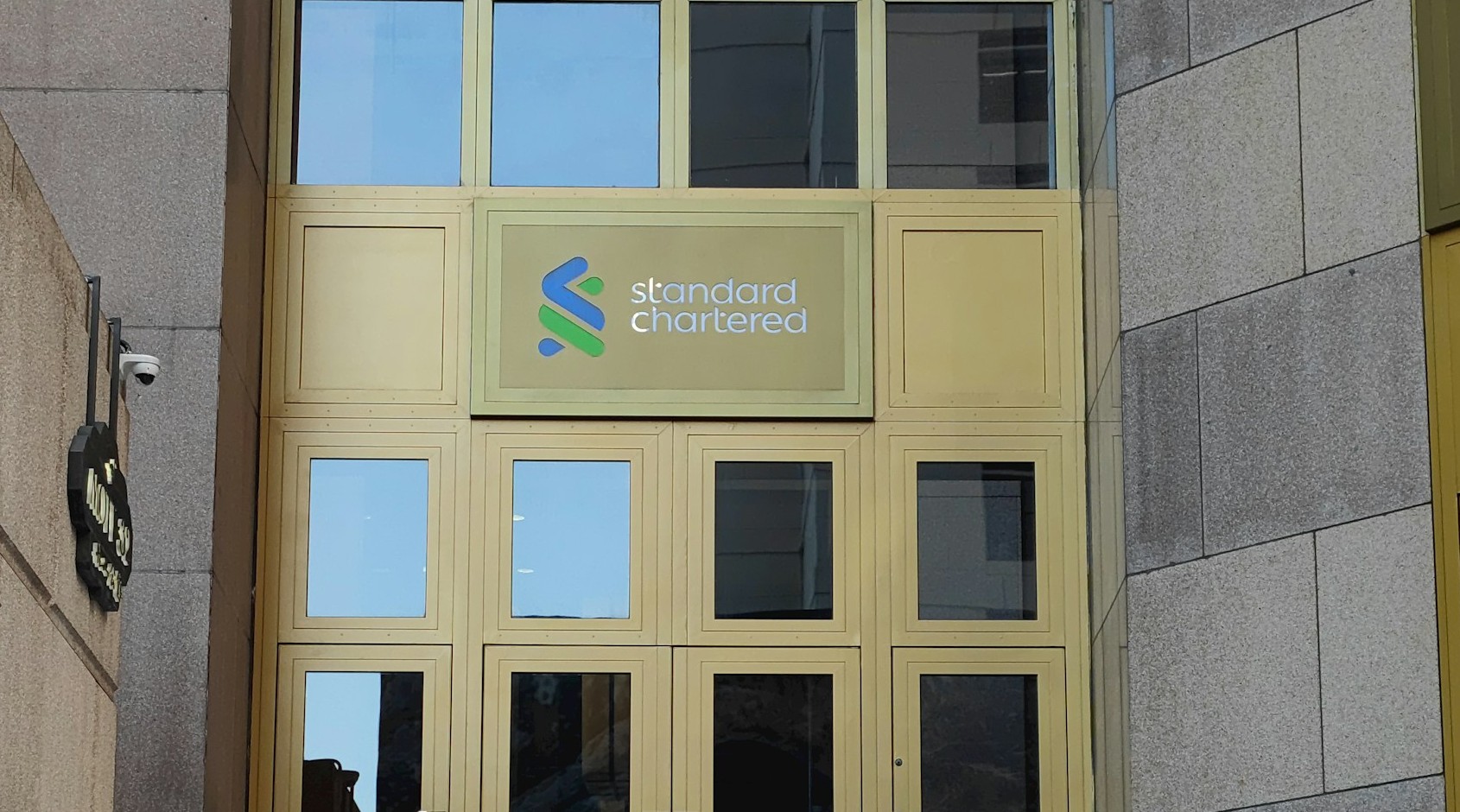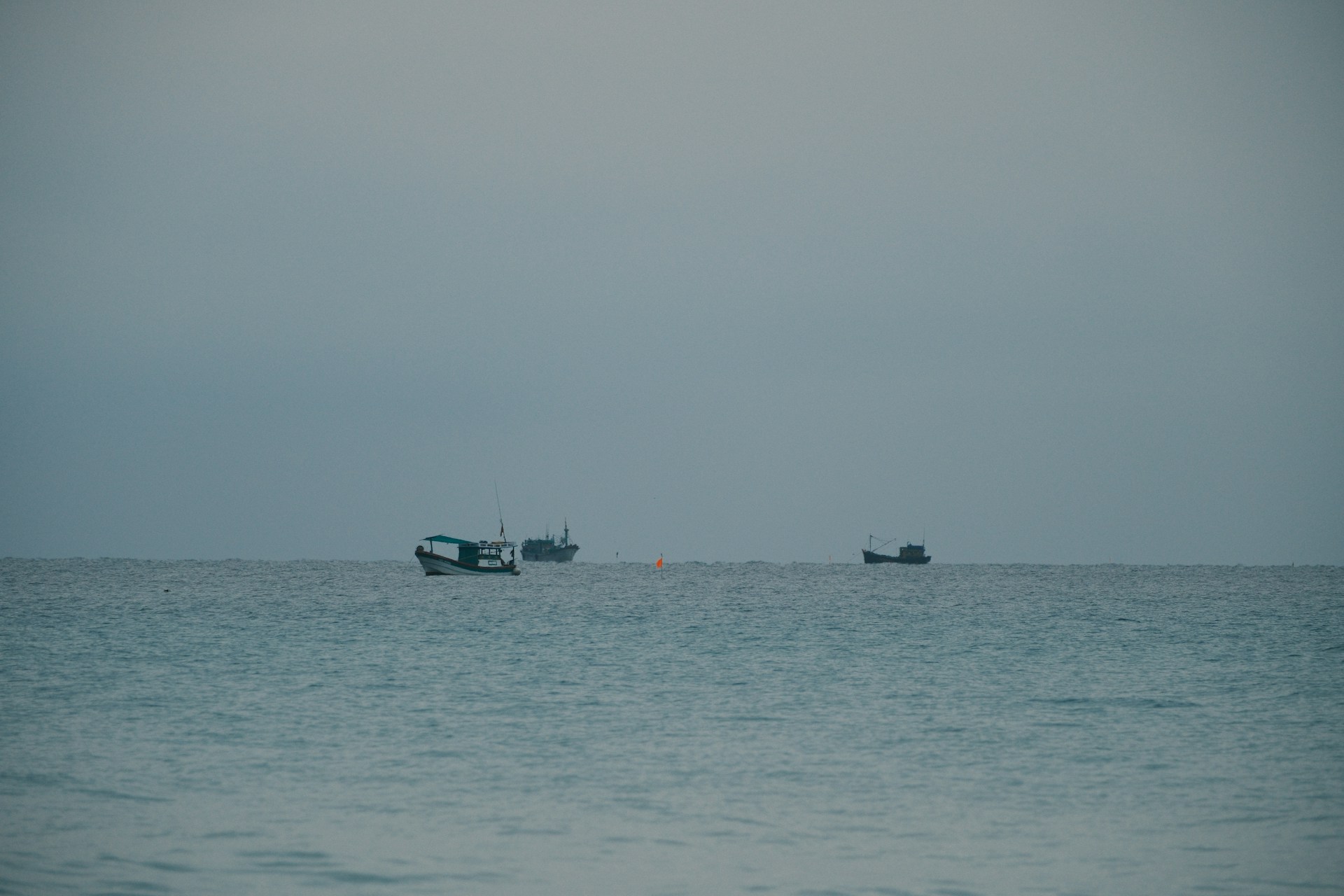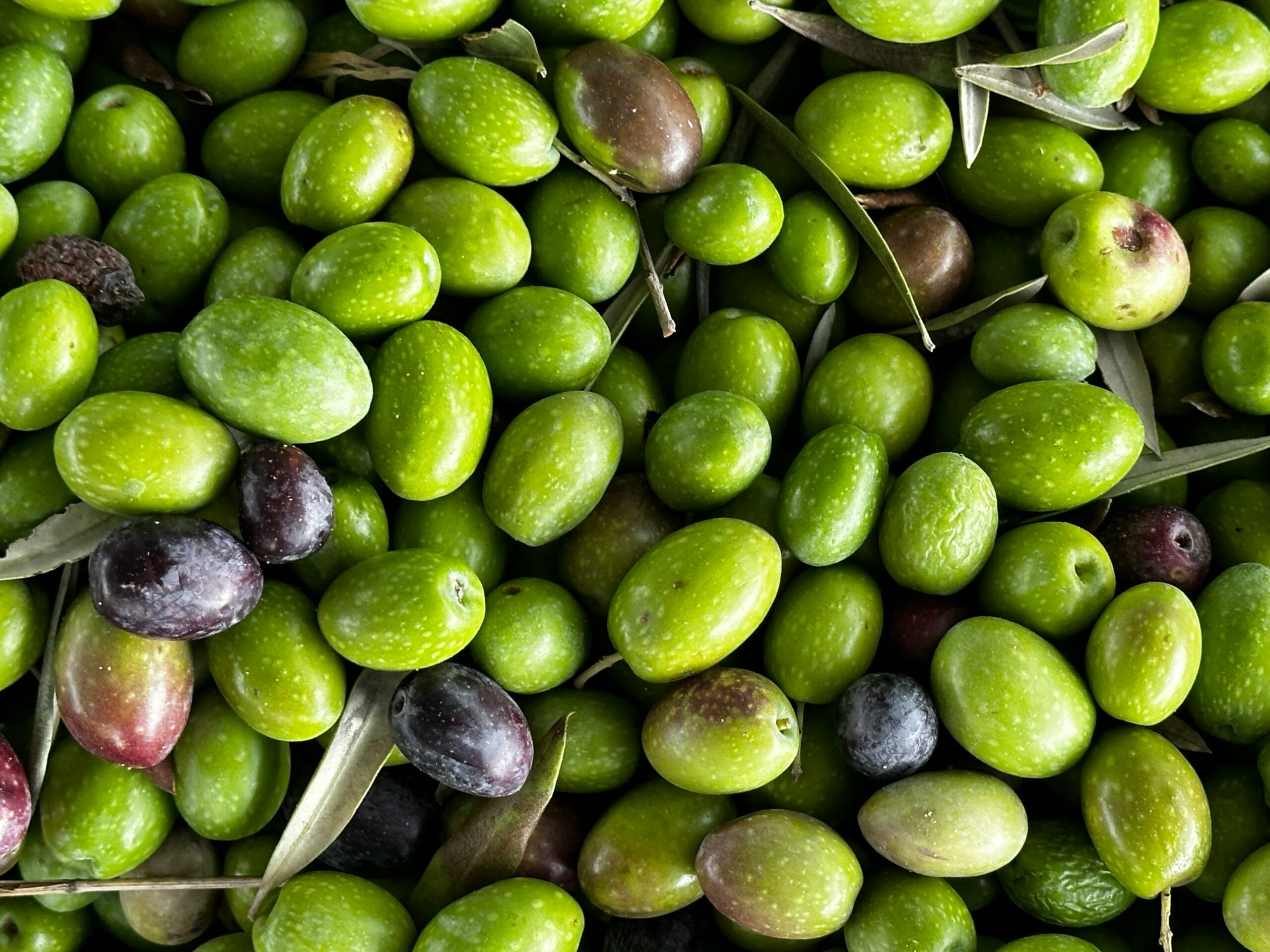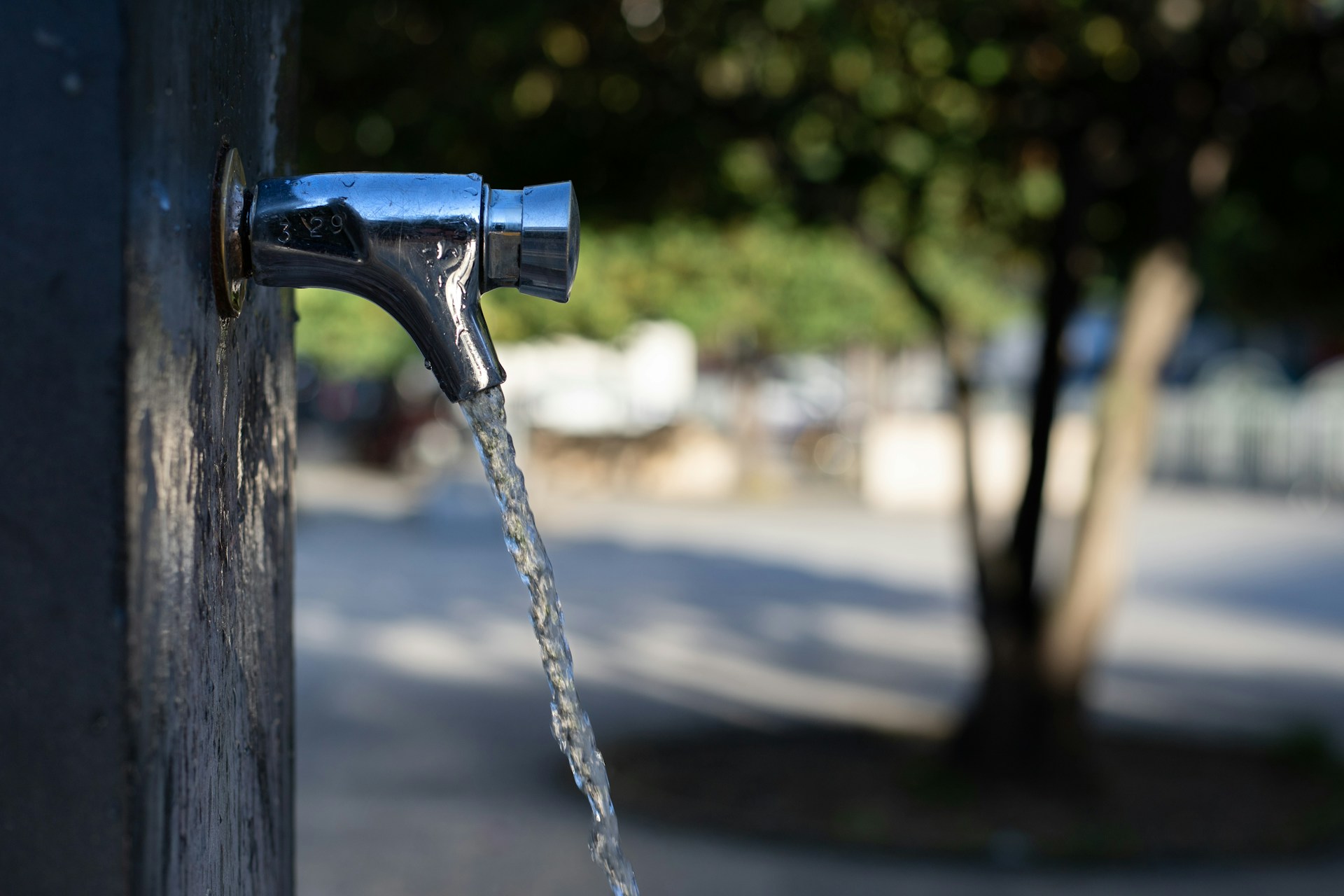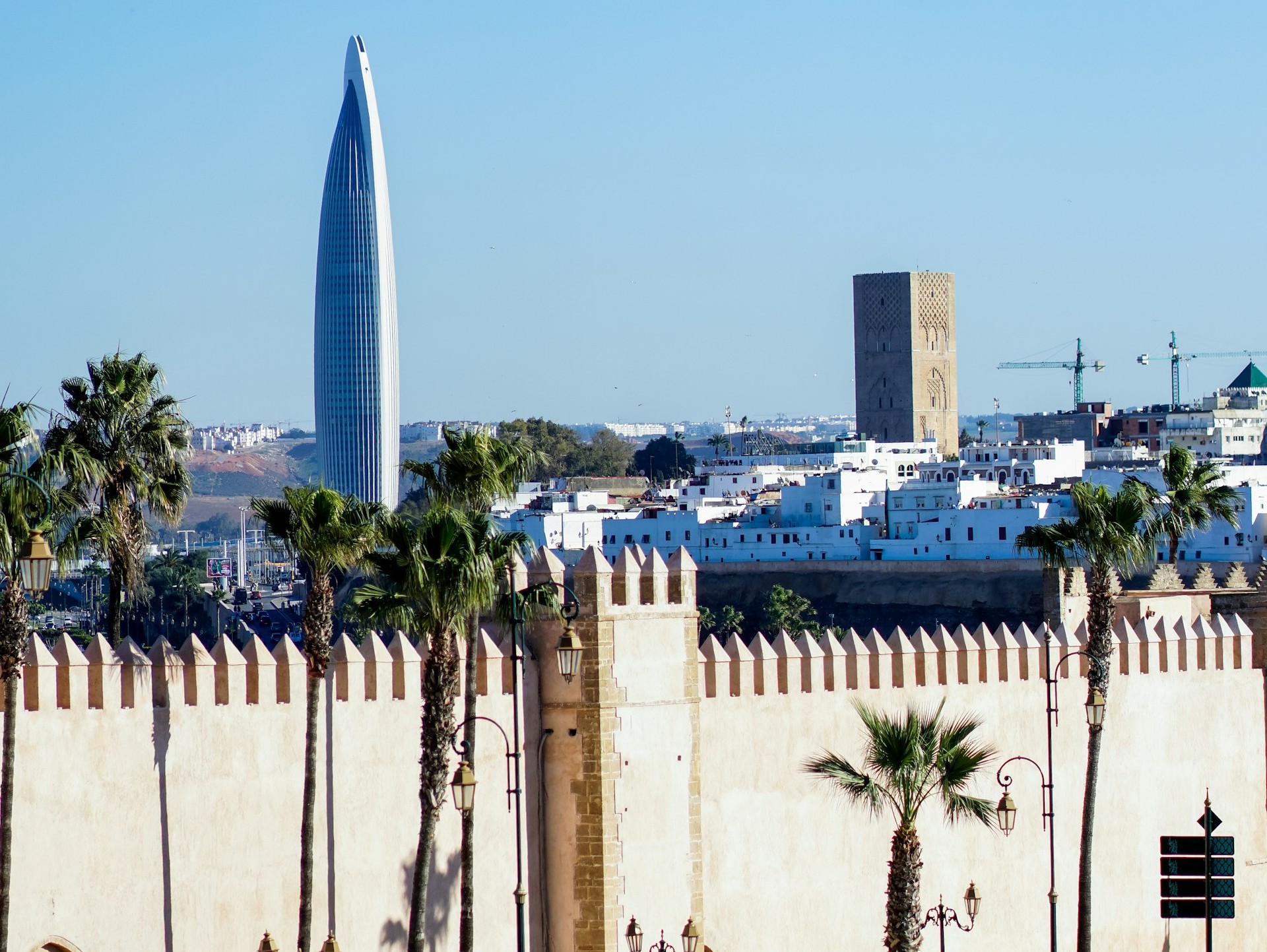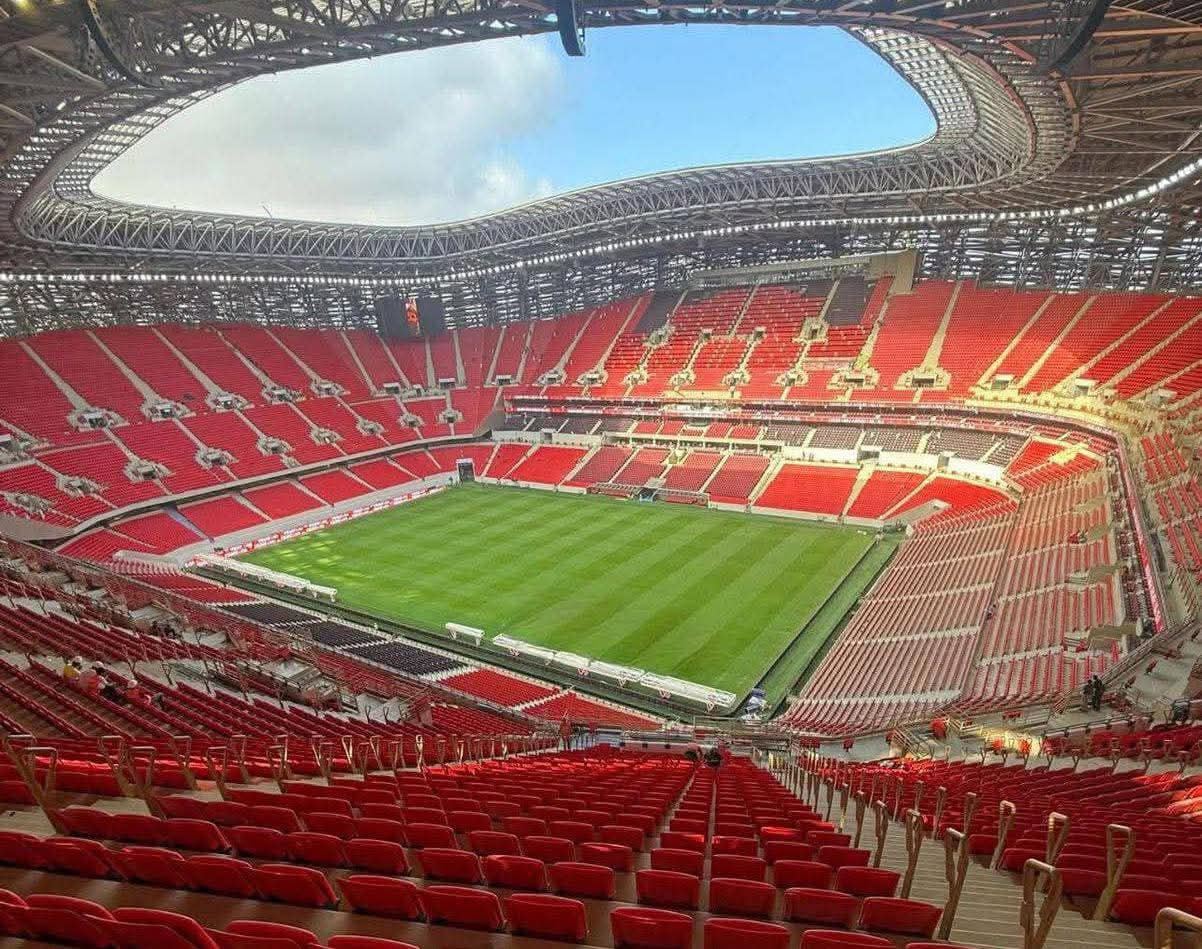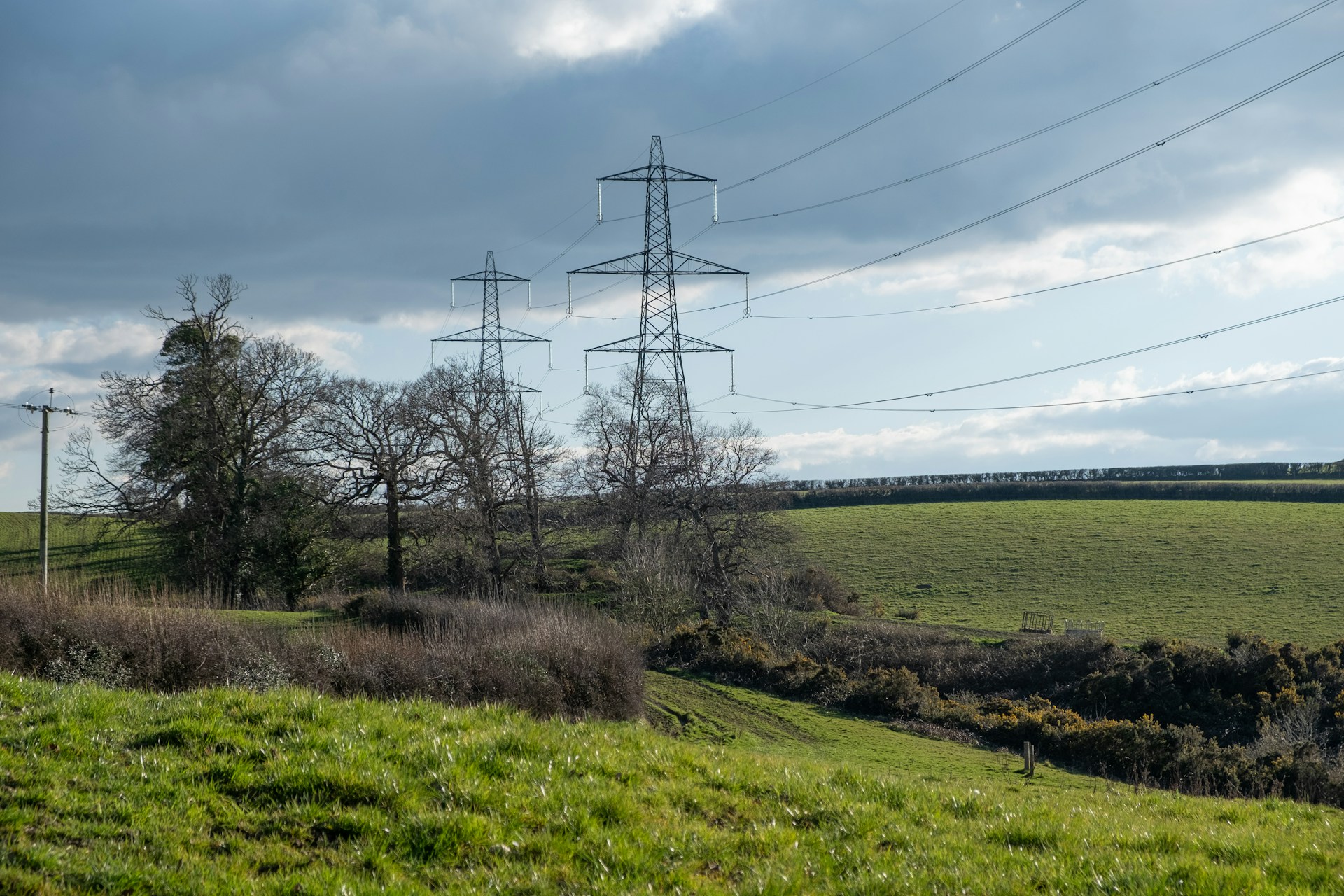Casablanca – With the olive harvest season approaching in the Mediterranean region, preliminary forecasts suggest a sharp decline in Morocco’s olive production this year, primarily driven by severe drought conditions. According to recent data from the International Olive Council and local reports, Morocco’s olive oil output is expected to plummet to around 53,000 tons, down from the 106,000 tons produced in previous years.
The ongoing water crisis has had a profound impact on olive cultivation in Morocco. The combination of persistent drought, exacerbated by climate change, and delayed water policy projects has significantly reduced the availability of water needed for olive groves. This situation has led to a substantial decrease in olive production, causing prices to surge. This year, the price of olive oil has reached unprecedented levels, with some regions seeing prices as high as $14.50 per liter, a stark increase from the previous $9.50 per liter.
Morocco, known for its significant olive oil consumption and its position as a major player in the global olive oil market, is now facing a challenging situation. According to the International Olive Council, Morocco ranks fifth globally in olive oil consumption, accounting for 4% of total global consumption. The country’s olive sector is crucial, with olive cultivation covering 60% of its tree crops and contributing around 5% to the agricultural GDP.
Minister of Agriculture Mohamed Sadiki has acknowledged the difficulties faced by the olive sector. He highlighted that Morocco’s olive oil production is expected to be around 1.7 million tons this year, the same as last year, but still represents a significant decline of 44% compared to 2 million tons in 2021. The persistent drought and extreme temperatures have adversely affected flowering and production levels, impacting both the quantity and quality of the olives.
In response to the crisis, the Moroccan government has implemented measures to control olive oil prices and ensure market stability. These measures include restricting the export of olives and olive products until the end of December, aiming to protect local supply and manage price increases.
The situation mirrors broader trends across the Mediterranean region, where other major olive-producing countries are also facing challenges. In Spain, olive oil production is anticipated to increase significantly, while countries like Italy and Greece are also experiencing production fluctuations due to climate conditions.
As Morocco grapples with these issues, the focus remains on preserving olive trees and mitigating the impact of ongoing environmental challenges. The sector’s resilience will be crucial in navigating these difficulties and ensuring the sustainability of olive cultivation in the years to come.

